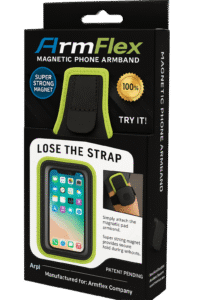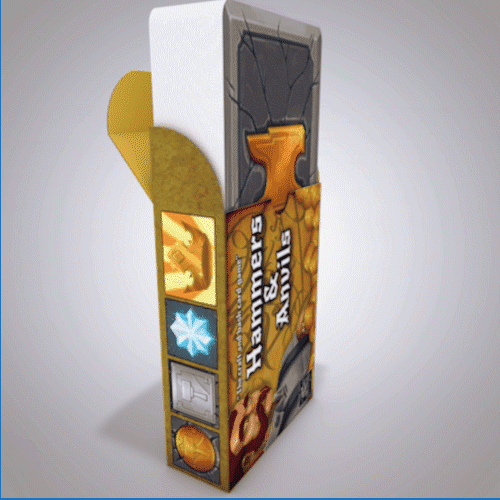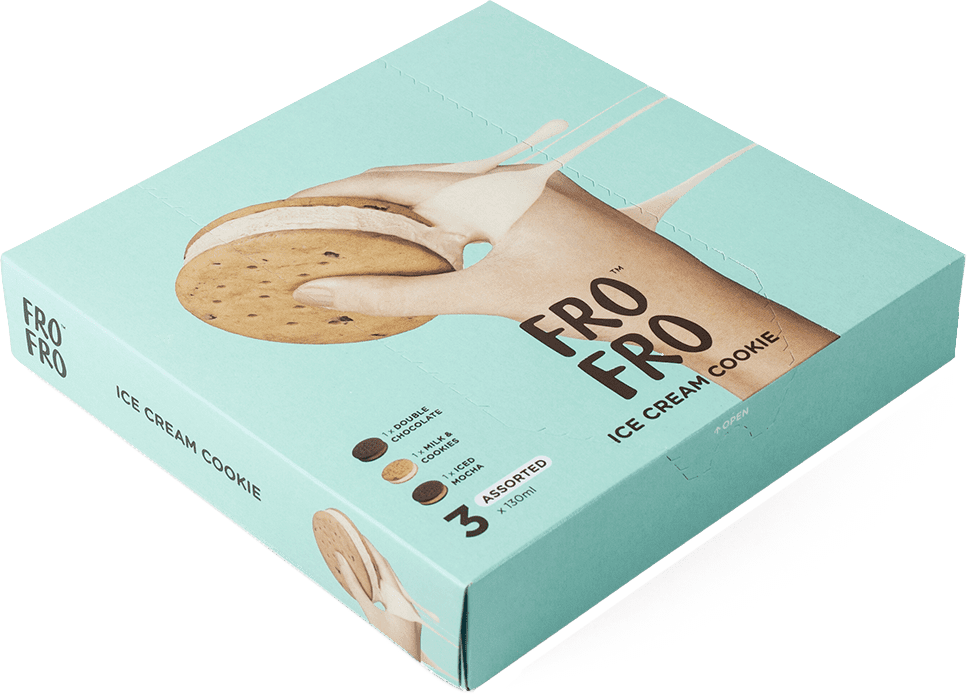Home » How Board Caliper Impacts Folding Carton Performance and Cost
How Board Caliper Impacts Folding Carton Performance and Cost
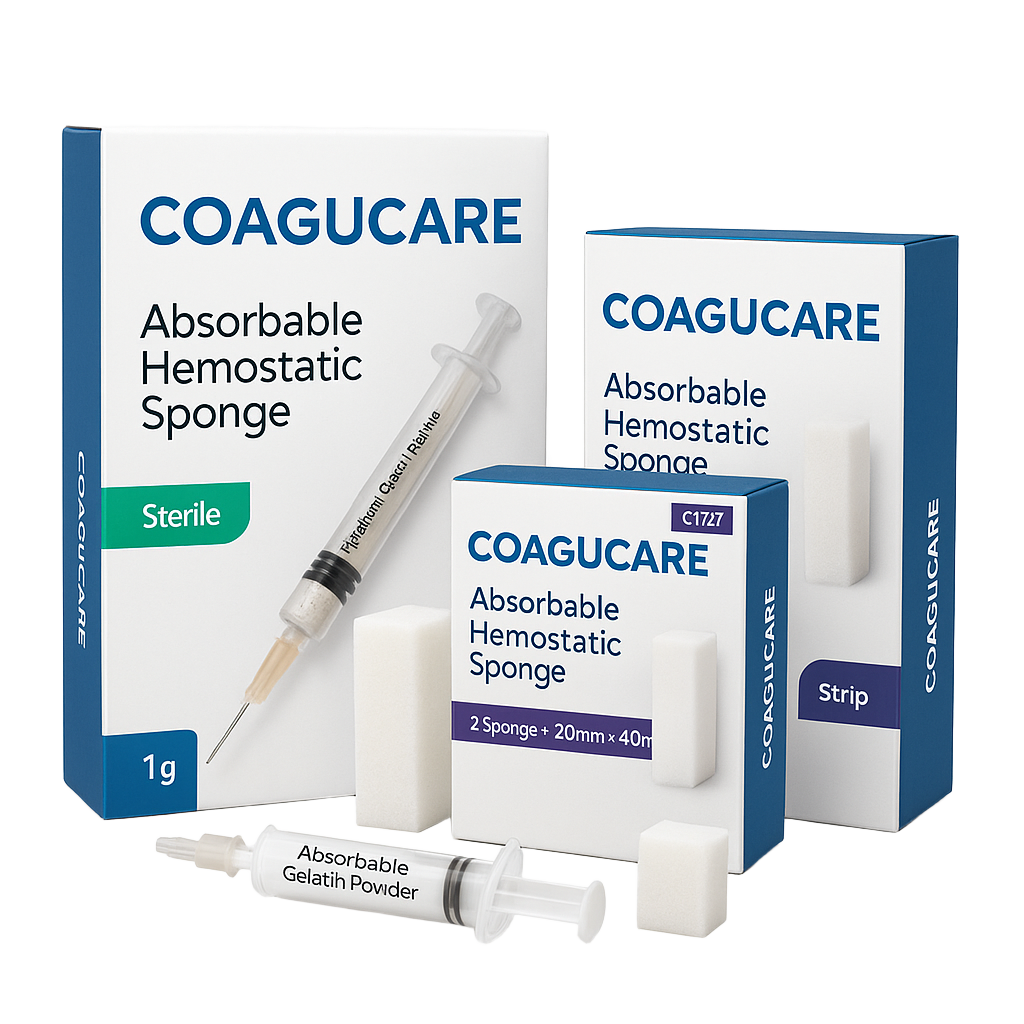
Board caliper—the thickness of paperboard—directly influences carton strength, folding behavior, print quality, and cost. Selecting the right caliper is a balancing act between performance requirements and budget. This guide explains how caliper affects carton engineering and when it makes sense to go thicker—or thinner.
Defining Board Caliper
Board caliper is measured in thousandths of an inch (points) or millimeters.
- Common folding carton calipers range from 0.012″–0.024″ (12–24 pt).
- Thicker boards offer greater rigidity and stacking strength, while thinner boards reduce weight and material cost.
Structural Performance
- Compression Strength: Higher caliper increases edge crush resistance and stacking load capacity.
- Panel Rigidity: Reduces bowing and warping, important for large-panel cartons.
- Impact Resistance: Added thickness absorbs more shock during handling.
Trade-Off: Excess caliper can over-spec the package, adding unnecessary cost and complicating folding on small-radius scores.

Folding and Creasing
Caliper affects how the board behaves at fold lines:
- Tighter Radii: Thicker boards need deeper scores to avoid spring-back.
- Score Cracking Risk: Increases with caliper if scoring isn’t adjusted for bead/channel ratio.
- Grain Direction Sensitivity: More critical in thicker boards—incorrect grain can cause severe cracking.
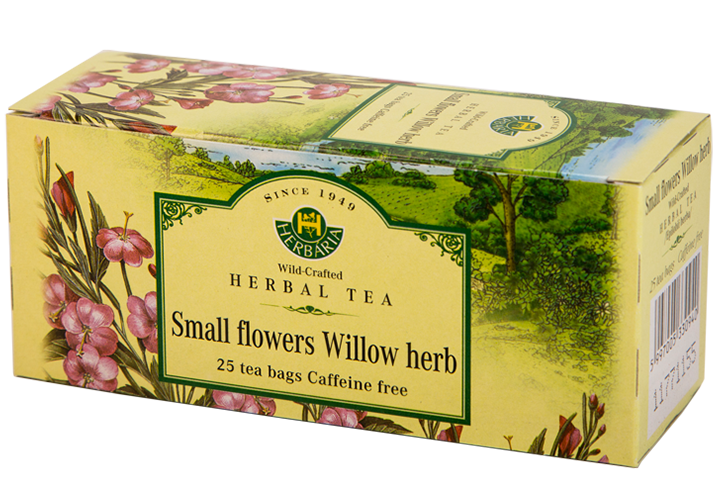
Print Quality and Surface Smoothness
- Ink Holdout: Heavier calipers often provide better ink laydown, but fiber quality matters more than thickness alone.
- Show-Through Prevention: Thicker boards reduce show-through from dark products or graphics on the reverse side.
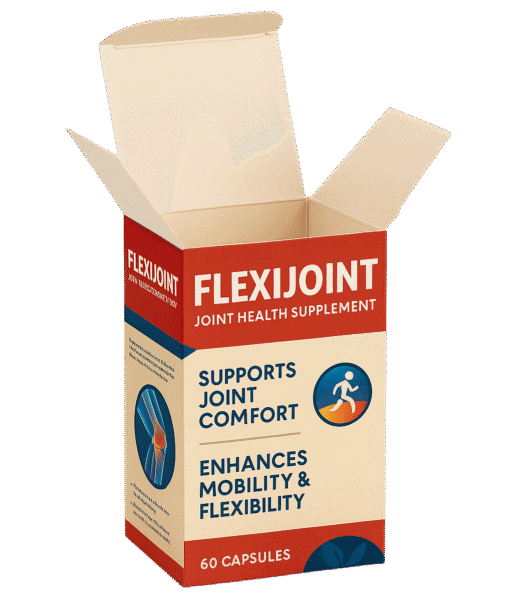
Cost Implications
- Material Cost: Increases proportionally with caliper.
- Shipping Weight: Higher caliper increases per-unit mass, affecting freight cost.
- Storage Volume: Larger stacks and more pallet space required.
Optimization Tip: Use the thinnest caliper that meets performance requirements—extra thickness adds cost with no functional benefit.
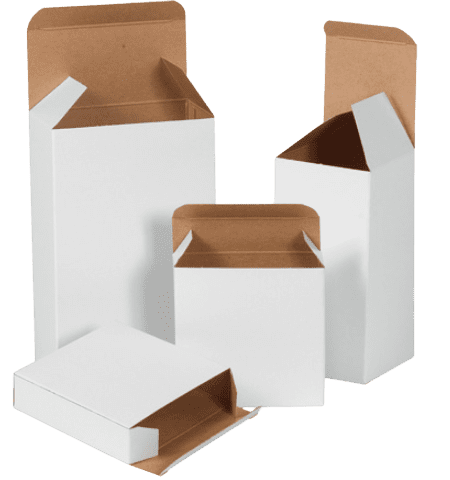
Application Examples
- High-Strength Needs: 20–24 pt CUK for beverage carriers or frozen food requiring moisture resistance and stacking strength.
- Premium Branding: 18–20 pt SBS for cosmetics or electronics, balancing rigidity with a smooth print surface.
- Cost-Driven Retail: 14–16 pt recycled FBB for dry food or lightweight multipacks.
Testing Before Scaling
- Prototyping: Test multiple calipers for rigidity, folding performance, and visual appeal.
- Distribution Simulation: Run compression, vibration, and humidity testing to confirm performance.
- Machine Compatibility: Thicker boards may require slower speeds or equipment adjustments.
References
Soroka, W. (2014). Fundamentals of packaging technology (5th ed.). Institute of Packaging Professionals. ISBN: 978-1-930268-37-2
Twede, D., & Goddard, R. (2021). Cartons, crates and corrugated board: Handbook of paper and wood packaging technology (2nd ed.). DEStech Publications. ISBN: 978-1-60595-120-5
Following multiple rounds of tariff changes and trade policy adjustments, 2026 marks a turning point for U.S. packaging buyers. Many who previously transitioned from China to domestic or nearshore suppliers
Shifting packaging production from China to the U.S. can help stabilize costs, reduce tariff exposure, and shorten lead times. But the transition process requires careful planning. For packaging buyers, the
RSC boxes are known for their efficiency and versatility, but their performance ultimately comes down to strength. Buyers often see numbers like ECT, BCT, and burst strength on specifications —
In packaging, foam isn’t just about initial protection — it’s about maintaining performance over the entire shipping or storage cycle. Compression set and recovery characteristics determine whether foam continues to
Home » How Board Caliper Impacts Folding Carton Performance and Cost


